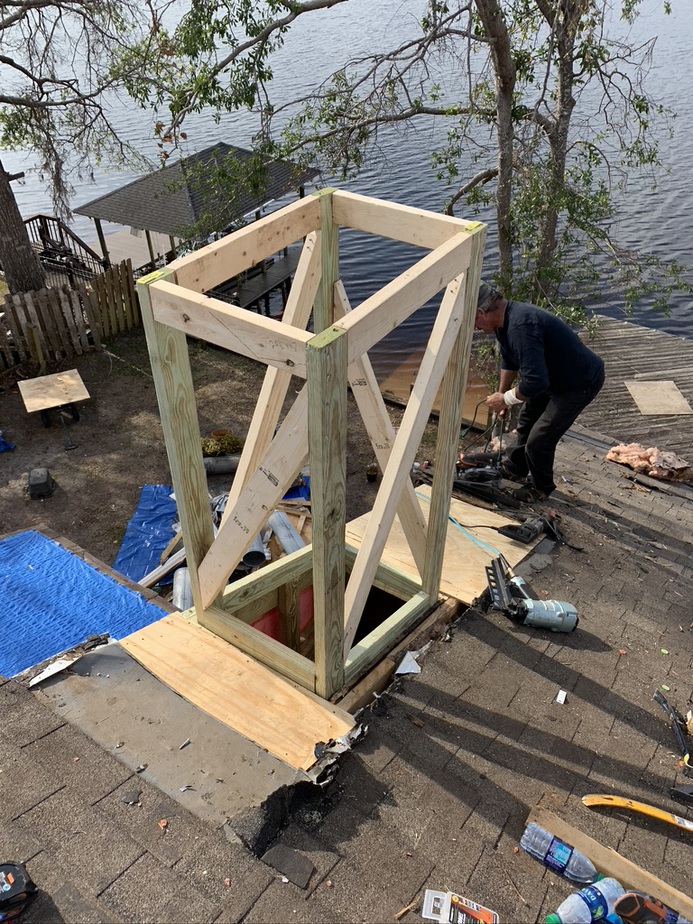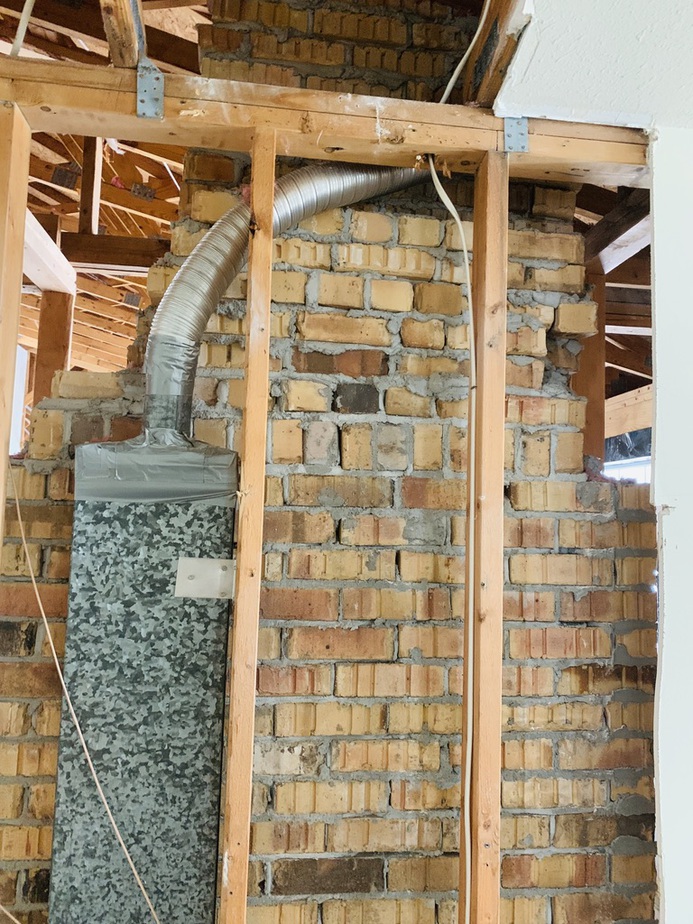
Fireplace Design and Installation
Steps of installing a chimney or fireplace
Installing a chimney or fireplace involves several steps to ensure a safe and functional setup. Here is a paragraph-format description of the installation process:
The installation of a chimney or fireplace begins with careful planning and design. Consider factors such as the location, type of chimney or fireplace, building codes, ventilation requirements, fuel type, and aesthetic preferences. Once the design is finalized, obtain the necessary permits from local building authorities.
The first step in the installation process is to prepare the foundation or support structure for the fireplace or chimney. This may involve constructing a concrete pad, installing support beams, or modifying the existing structure to accommodate the weight and size of the fireplace or chimney.
Next, the fireplace structure is built according to the design and specifications. This includes constructing the firebox, installing a firebrick lining, and creating the hearth and mantel. The structure should be sturdy and meet safety standards.
The flue system, which includes the chimney or venting pipes, is then installed. For a traditional masonry chimney, the chimney structure is built using bricks or blocks, and a clay or metal flue liner is installed. If a prefabricated chimney or venting system is used, follow the manufacturer’s instructions for installation.
Proper ventilation and insulation are crucial. An air intake and exhaust system should be installed to ensure adequate airflow. Additionally, insulation is applied around the chimney or fireplace to prevent heat transfer to adjacent walls and structures.
After the structural components are in place, the fireplace or stove unit is connected according to the manufacturer’s instructions. This may involve connecting gas lines, electrical wiring, or positioning the unit correctly for operation and safety.
Once the installation is complete, a thorough inspection is conducted to ensure everything is installed correctly and meets safety standards. The fireplace or stove is tested to ensure proper functioning, and any leaks, obstructions, or issues are addressed.
The installation is finalized by applying appropriate finishes to the fireplace structure, such as painting or sealing. The work area is cleaned up, removing any debris or construction materials.
Depending on local regulations, a certified professional may inspect the installation to ensure compliance with building codes and safety standards. Obtaining the necessary certifications or documentation may be required.
It is crucial to hire a qualified professional or certified chimney/fireplace installer for the installation process to ensure safety, compliance, and proper functioning. The specific steps may vary based on the type of fireplace or chimney and local building codes.


